Disclosure: This article contains affiliate links. We may earn a commission from purchases at no extra cost to you, which helps our travel content.
When I tell colleagues I'm spending my sabbatical in Libya, eyebrows invariably rise. As a physicist accustomed to challenging assumptions, I've discovered that Libya—particularly the corridor from ancient Cyrene to modern Benghazi—offers one of the most fascinating yet overlooked archaeological laboratories on Earth. The intersection of Greek, Roman, Byzantine, and Islamic influences creates a historical palimpsest that defies the simplified narratives we often hear about North Africa. For those willing to navigate the complexities of visiting this remarkable country, the rewards are extraordinary.
Cyrene: Where Physics Meets Ancient Engineering
As someone who studies the fundamental forces of nature, I find myself consistently humbled by the architectural achievements at Cyrene. Founded in 631 BCE, this Greek colony demonstrates principles of mathematics, astronomy, and physics that we still teach in universities today.
The Temple of Apollo features columns positioned with such precision that they create a perfect alignment with the summer solstice sunrise—a feat accomplished without modern measurement tools. When my colleague Dr. Amina Hassan and I measured the angles using my laser distance meter, we found variances of less than 0.5 degrees across structures built centuries apart.
The city's water management system particularly fascinated me—the engineers of Cyrene designed an intricate network of cisterns and aqueducts that efficiently collected, filtered, and distributed water throughout the ancient metropolis. The gravitational principles they employed without formal knowledge of Newtonian physics speaks to human intuition and observational brilliance.

💡 Pro Tips
- Visit early morning (7-9am) for the best light and fewer tour groups
- Hire a local archaeological guide with permission to access restricted areas
- The site is expansive—wear sturdy hiking boots and bring at least 2 liters of water
Ptolemais: The Forgotten Coastal Metropolis
Between Cyrene and Benghazi lies Ptolemais, a Hellenistic-Roman city that served as the region's administrative center during the 3rd century CE. Unlike more famous Mediterranean sites, Ptolemais offers the rare opportunity to explore without crowds or barriers.
The House of Columns, with its remarkably preserved mosaics depicting scenes from Greek mythology, provides unique insights into cultural transmission between continents. I spent hours documenting the geometric patterns with my portable light panel to reveal details invisible under normal lighting conditions.
What struck me most was the sophisticated urban planning—wide colonnaded streets laid out in a perfect grid, public fountains positioned at mathematically consistent intervals, and a theater designed with acoustic properties that still allow a whisper on stage to be heard in the back row. I tested this phenomenon using a sound meter app and was astonished by the precision of the ancient architects' work.
Ptolemais also features one of North Africa's best-preserved Roman bathhouses, where you can still identify the hypocaust heating system that maintained different temperature zones through clever manipulation of thermodynamics and air flow.
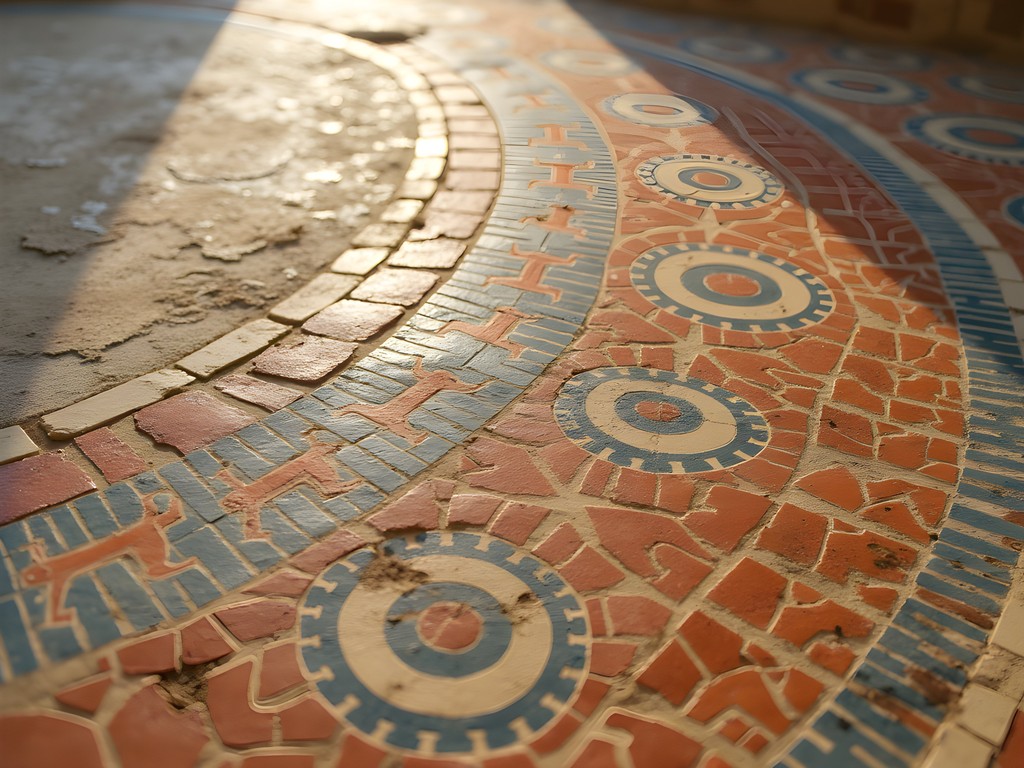
💡 Pro Tips
- The site has minimal shade—bring a wide-brimmed sun hat and apply sunscreen frequently
- Photography enthusiasts should bring polarizing filters to reduce glare on the marble surfaces
- Visit the small on-site museum first to understand the context of what you'll be seeing
Navigating Modern Benghazi with Historical Context
Benghazi itself presents a fascinating study in resilience and reconstruction. While international headlines have focused on conflict, the city has been rebuilding with remarkable determination. The juxtaposition of ancient sites with modern development creates a living laboratory for understanding urban evolution.
The Benghazi Archaeological Museum has reopened with enhanced security measures and houses treasures that would be centerpiece exhibits in most Western institutions. I was particularly moved by the collection of ancient astronomical instruments that demonstrate sophisticated understanding of celestial mechanics dating back to the 2nd century BCE.
For those interested in Libya's more recent scientific contributions, I recommend visiting Benghazi University's Physics Department, where groundbreaking work on solar energy applications is taking place. After arranging an introduction through academic channels, I was welcomed warmly by faculty eager to share their research and perspectives.
During my stay, I found the travel security pouch invaluable for keeping important documents secure yet accessible. While Benghazi is gradually reopening to visitors, practical precautions remain advisable.
The colonial-era Italian quarter offers architectural insights into Libya's complex 20th-century history, with buildings that blend Mediterranean and North African design elements in ways that naturally regulate temperature—another example of physics principles applied to everyday life.

💡 Pro Tips
- Always carry photocopies of your passport and visa documentation
- The cellular network can be unreliable—download offline maps before exploring
- Respect local customs by dressing conservatively and asking permission before photographing people
Practical Considerations for Libya Travel
Visiting Libya requires substantial preparation, but the archaeological rewards justify the effort. First, you'll need to secure a visa through a recognized tour operator who can provide the necessary invitation letters and government permissions. I worked with Libya Expeditions, who handled the bureaucratic complexities with remarkable efficiency.
Security considerations remain paramount. The situation has stabilized significantly since 2020, but travelers should register with their embassy, maintain regular check-ins, and follow local guidance. My group traveled with a government-approved security liaison who facilitated access to sites while ensuring our safety.
Connectivity can be challenging in remote archaeological areas. I relied heavily on my satellite communicator to maintain contact with family and colleagues when cellular networks were unavailable. For longer explorations, I also packed a solar charger which proved invaluable at remote sites.
Accommodation options in Benghazi have improved substantially, with several international-standard hotels now operating. Outside major cities, facilities remain basic but adequate. I found the Tibesti Hotel in Benghazi offered the best combination of comfort, security, and proximity to sites of interest.
Transportation between sites requires advance arrangement. Self-driving is not recommended for foreign visitors. Our group utilized a combination of scheduled transport and private drivers arranged through our tour operator.
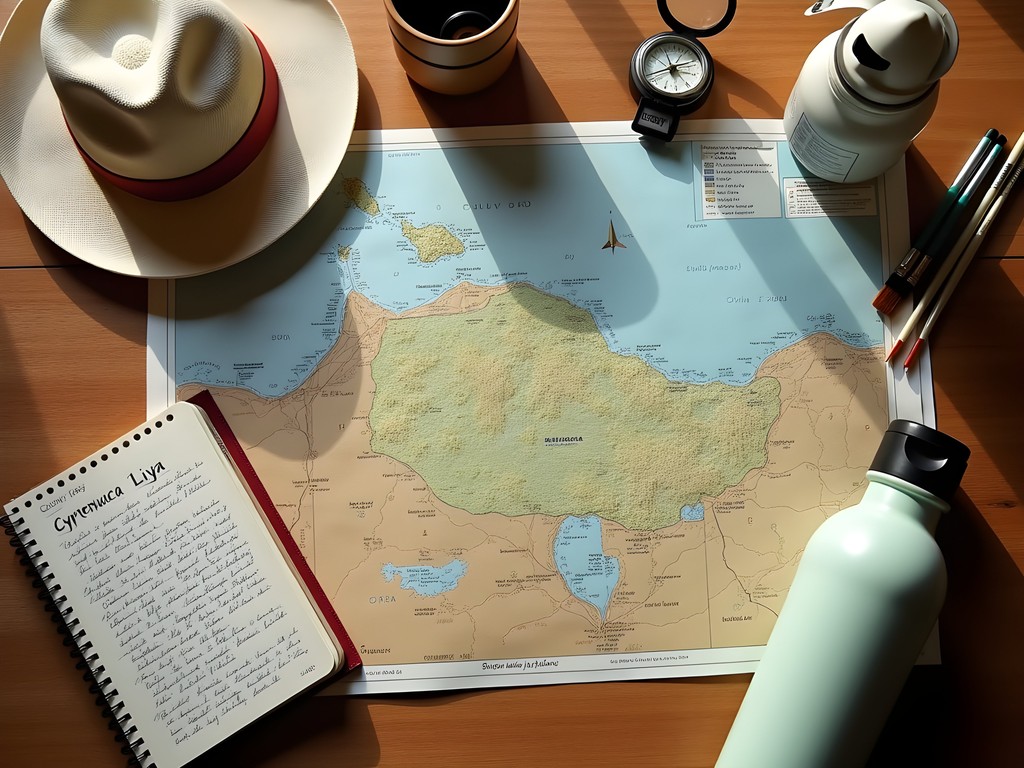
💡 Pro Tips
- Book accommodation at least 3 months in advance as options are limited
- Bring sufficient cash (USD or EUR) as ATMs are unreliable and credit cards rarely accepted
- Pack essential medications and a comprehensive medical kit as pharmacies may not stock familiar brands
The Scientific Significance of Libya's Archaeological Corridor
What continues to draw me back to Libya's archaeological sites is their unparalleled value for understanding the development of scientific thought. From astronomy to mathematics, hydraulics to acoustics, these ancient cities were centers of knowledge production and transmission.
At the Apollonia harbor installations, I observed sophisticated breakwater designs that still effectively disrupt wave patterns after two millennia—principles we now teach in fluid dynamics courses. The astronomical alignments at multiple temple sites demonstrate precise observational astronomy that informed both religious practice and agricultural planning.
For documenting these connections, I found my waterproof field notebook essential, particularly when unexpected rain showers hit during our coastal explorations. The ability to take precise notes and measurements in various conditions proved invaluable for later analysis.
What's particularly striking is how these sites reveal the multicultural nature of ancient scientific development. We find Greek mathematical principles applied to Roman engineering challenges, later adapted with Byzantine modifications and preserved through Islamic scholarly traditions. The physical evidence directly contradicts simplistic narratives about the linear development of scientific knowledge.
For those with specific research interests, I recommend contacting the Department of Antiquities in Tripoli well in advance of your visit. With proper academic credentials, it's possible to arrange special access to areas undergoing active conservation or research.
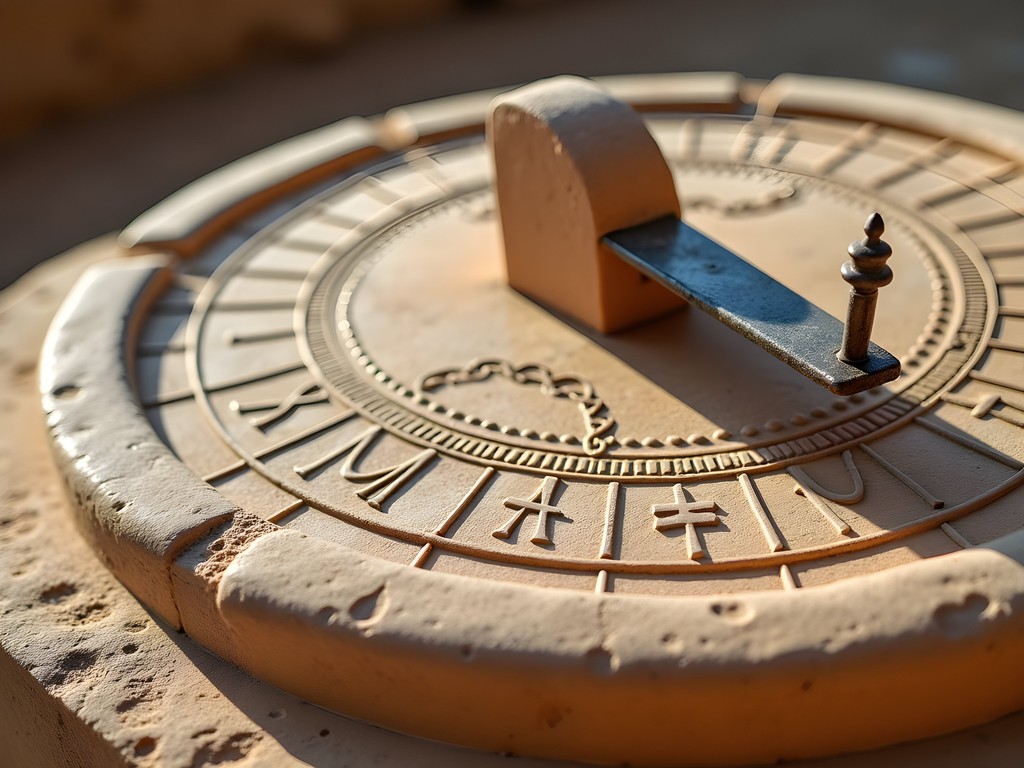
💡 Pro Tips
- Bring binoculars to observe architectural details that aren't accessible up close
- A small LED flashlight helps examine details in tombs and underground structures
- Consider joining an archaeology-focused tour rather than attempting independent exploration
Final Thoughts
Libya's archaeological corridor from Cyrene to Benghazi represents one of humanity's most significant yet underappreciated scientific and cultural achievements. As a physicist, I've found these sites offer profound insights into the development of human knowledge—from astronomical observations that informed calendar systems to architectural innovations that solved complex engineering challenges using principles we still teach today.
While Libya presents logistical challenges for travelers, the opportunity to experience these remarkable sites without overwhelming crowds provides a rare chance for contemplation and discovery. The country is gradually reopening to international visitors, and those willing to navigate the requirements will find themselves among the fortunate few to witness these historical treasures firsthand.
As we face global challenges requiring scientific cooperation across cultures, Libya's archaeological record offers a powerful reminder that human knowledge has always transcended political boundaries. These ancient stones don't just tell us about the past—they illuminate possibilities for our collective future. If you're drawn to places where history, science, and adventure converge, Libya deserves a place on your travel horizon.
✨ Key Takeaways
- Libya's archaeological sites reveal sophisticated scientific knowledge that challenges conventional historical narratives
- Visiting requires advance planning and appropriate security measures, but offers unparalleled access to uncrowded world-class sites
- The region demonstrates how scientific knowledge developed across cultures rather than through linear progression
- Modern Benghazi is rebuilding and gradually reopening to international visitors with appropriate precautions
- For those interested in the intersection of physics, astronomy, and ancient engineering, these sites provide extraordinary educational value
📋 Practical Information
Best Time to Visit
March-May or October-November when temperatures are moderate
Budget Estimate
$3,500-5,000 for a 2-week guided tour excluding international flights
Recommended Duration
Minimum 10 days, ideally 14-16 days to fully appreciate the archaeological corridor
Difficulty Level
Challenging - Requires Advance Planning, Security Considerations, And Physical Stamina For Archaeological Site Exploration

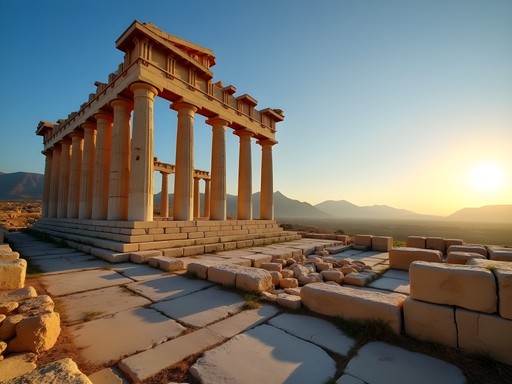


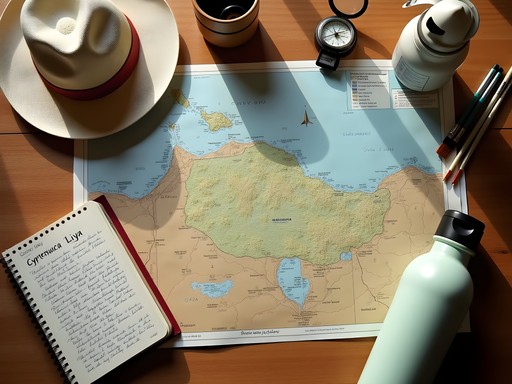
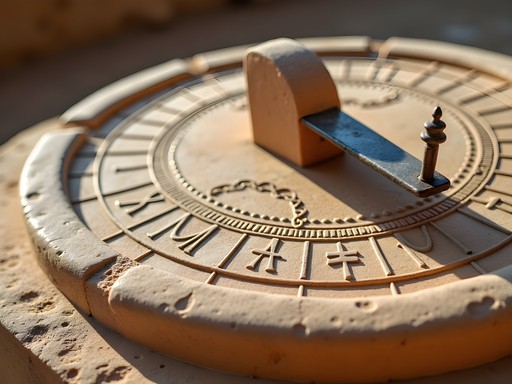








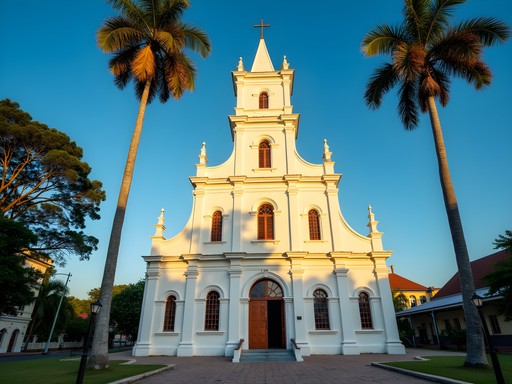
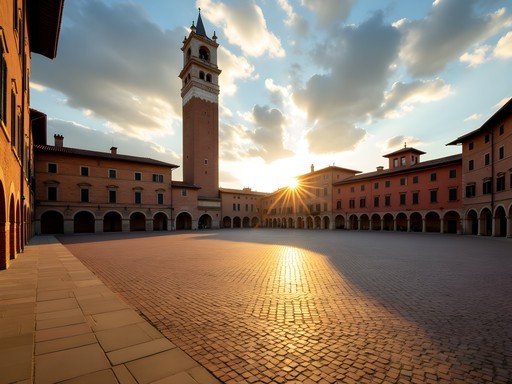
Comments
TravelWithMike
Great post! How did you handle transportation between sites? Rental car or tours?
phototime
Those shots of Ptolemais are incredible! The light there looks amazing. Did you use any special filters?
Corey King
No filters actually! Just lucky with the golden hour light. The coastal location gives everything this incredible glow around 5pm.
phototime
Wow, that natural lighting is perfect. Adding this to my photography bucket list!
Haley Hamilton
Corey, this post brought back so many memories! I backpacked through Libya in 2022 when restrictions first eased up, and Cyrene was absolutely mind-blowing. The way you connected the ancient engineering to your physics background gave me a whole new perspective. I found the local guides in Cyrene incredibly knowledgeable - especially Ibrahim who showed me those hidden cisterns you mentioned. One tip for anyone heading there: the light at sunrise over the Temple of Apollo is something magical that most tourists miss because they arrive mid-morning. Did you manage to visit the necropolis outside the main archaeological zone? That was eerily beautiful and I had it completely to myself.
phototime
Did you feel safe traveling there as a solo female traveler? Been wanting to go but hesitant about safety.
Haley Hamilton
I was with a small group for most of the trip, but I did venture out alone in Benghazi with no issues. The biggest challenge was transportation logistics rather than safety concerns. People were incredibly hospitable. Just respect local customs regarding dress and photography permissions. I always carried my travel scarf which was perfect for both covering up when needed and keeping valuables secure.
phototime
Thanks so much! That's really helpful to know. Adding it to my list for next year!
adventurezone
Just booked my trip to Libya for next month after reading this! For anyone concerned about accommodations, the Tibesti Hotel in Benghazi has been renovated and is quite comfortable. The WiFi is spotty but the location is perfect for exploring the city. Can't wait to see Cyrene!
Corey King
That's fantastic! You're going at a great time - the weather will be perfect. Don't miss the local markets in Benghazi, especially the spice vendors. Looking forward to hearing about your experience!
Amit Sullivan
Your post brought back memories of my visit to Libya in 2019. I was researching ancient trade routes across North Africa, and Cyrene was a crucial stop. What struck me was how the ancient Greeks adapted their architectural principles to the North African landscape. The way the city is nestled into that green highland with views to the Mediterranean is masterful urban planning even by today's standards. In Benghazi, I stayed with a local family who prepared traditional Libyan dishes each night - the seafood couscous was divine! For those interested in Libya's ancient history, don't miss the small museum in Shahat (modern Cyrene) - their collection of Greco-Roman artifacts tells the story of cultural fusion better than many larger museums.
wanderlust_jane
How was the food? Any local dishes you'd recommend trying?
Corey King
The food was fantastic! Don't miss bazeen (a dough pyramid with meat and potatoes) and sharba Libiya (spiced lamb soup). The seafood along the coast near Benghazi was incredibly fresh too.
vacationwanderer
Never thought about visiting Libya before but these photos are making me reconsider! Wow!
Nicole Russell
This post gives me LIFE! I've been trying to convince my followers that Libya deserves a spot on their bucket lists. I visited Ptolemais last year and was literally the only tourist there - had the entire ancient city to myself! The mosaics are better preserved than many I've seen in Italy. One tip for anyone planning to go: I used my satellite communicator throughout Libya since cell service can be spotty outside cities. Made my family feel better about my solo trip too. Corey, did you make it to Apollonia? That coastal Byzantine site near Cyrene was another highlight for me!
adventurezone
Nicole - I follow your blog and your Libya posts inspired me! Planning to visit next spring. Did you find it difficult to travel between sites? Considering renting a car vs. hiring a driver.
Nicole Russell
Definitely hire a local driver/guide! Roads can be unpredictable and having someone who speaks Arabic and knows the checkpoints is invaluable. I paid about $80/day for a driver with an SUV who was also knowledgeable about the sites.
historybuff42
Finally someone writing about Libya's incredible Greek and Roman ruins! Underrated destination.
hikingseeker
How difficult was it to get a visa for Libya? I've heard it's quite challenging for Americans.
Corey King
It is challenging but not impossible. You need a letter of invitation from a Libyan tour operator and patience with the process. I worked with Libya Travel & Tours who handled most of the paperwork. The visa took about 6 weeks to process.
Venture X
Premium card with 2X miles, $300 travel credit, Priority Pass